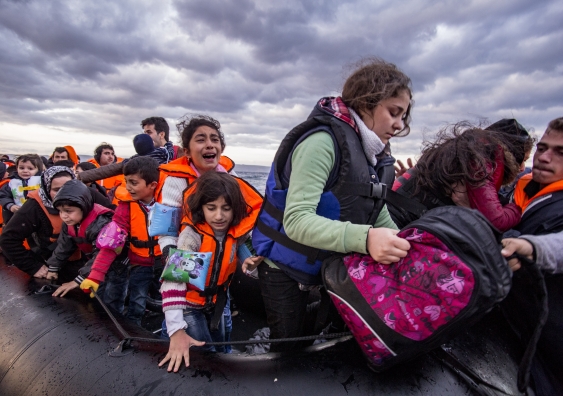OPINION: The pledges made by Australia at yesterday's refugee summit in New York are welcome, but fall far short of what is required to make any significant difference to global protection needs.
Australia has committed to increase its annual refugee intake to 18,750; to give $130 million new funding over three years to support peace-building and provide assistance to refugees in host States; and to help resettle Central American refugees (thereby assisting the US with its own domestic political 'problem').
Australia has the capacity to do far more at a time of unprecedented international need.
The increase in Australia's resettlement places is not really new: this figure had already been agreed for the 2018-19 financial year. It is a marginal increase on the 13,750 places Australia has offered since 2009-10. It is less than the 20,000 places that the Labor government committed in 2012-13.
The new figure represents just ten per cent of Australia's annual permanent migration intake. By contrast, back in 1949–50, 48 per cent of Australia’s migration intake was comprised of refugees. In the late 1970s, 25 per cent of new arrivals in Australia were refugees.
The $130 million in additional funding - around $43 million per annum - pales in comparison to the $1.2 billion Australia has spent on offshore processing each year since 2013. It is a clear sign that Australia's focus is on deterrence rather than protection.
Australia's pledges are better than nothing at all, but are far from what we should expect from a democratic, wealthy and multicultural country.
Jane McAdam is Scientia Professor and Director of the Kaldor Centre for International Refugee Law, UNSW.
This opinion piece was first published on the Kaldor Centre website.


